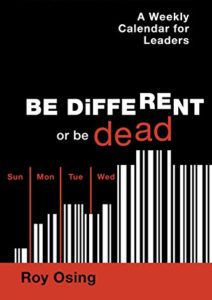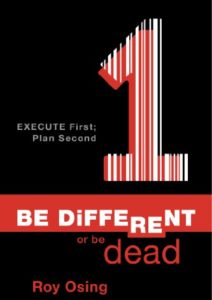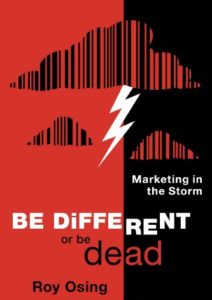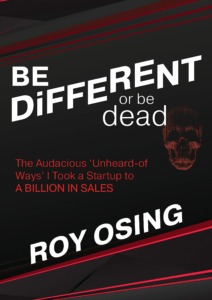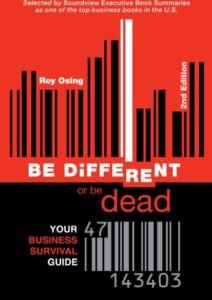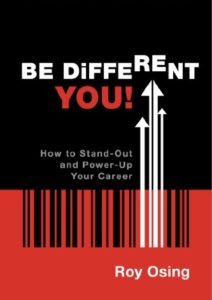Is getting it right the first time REALLY a critical success factor? I know we’ve been taught to complete a task or project error free and deliver the results that were intended at the outset. Most of the teaching time is spent on trying to “perfect imperfection” rather than on what to do if it doesn’t go right the first time.
But in reality, how often does “perfect” happen? How often do things turn out the way we originally had intended? In business it rarely if ever happens. Planned results are forever being impacted and thrown off course by unforeseen, random and unpredictable forces that strike with abandon.
Competitors attack, the economy staggers, a new government policy is introduced, a new technology disrupts or a new leader with new ideas arrives on scene. Any one of these forces can put the original course of action at risk.
The business world is problem-driven because a plan “A” that actually works is as rare as the flightless cormorant.
Stand-out organizations understand this and regard taking a punch and recovering from it brilliantly as a competitive advantage. It’s an essential ingredient of their strategic game plan. They try to be good at anticipating market realities but are zealots about creating the competencies that will enable them to respond to and recover from the unexpected. Problem solving skills need to be adopted as a core competency of the organization.
Particularly in sales where being a “plan B artist” is essential to help not only their customer recover from the unexpected, but also channel customer activity in their organization’s tactical plan. If customers are bending to environmental forces, this will eventually be felt by their organization. The sales role is a vital conduit between what is going on with the customer and how it will ripple through the company.
The plan B artist in sales is rare.
There is a proclivity for some salespeople to stay on plan and avoid jumping in when things go awry. Dealing with problems is viewed as a pain. Problems are messy. Plan B is like starting over; there is a reluctance to jump to a new direction with so much invested in the original approach. It’s hard work and change is required.
Successful salespeople, on the other hand, are awesome problem solvers. Period. They love diving into a mess and figuring out how to turn it into an opportunity.
And they thrive on morphing to a fresh course of action, supercharging their solution with an extra boost to ensure sufficient momentum to leave plan A behind.
Plan B artists get noticed. They stand-out in the sales herd.
They win.



